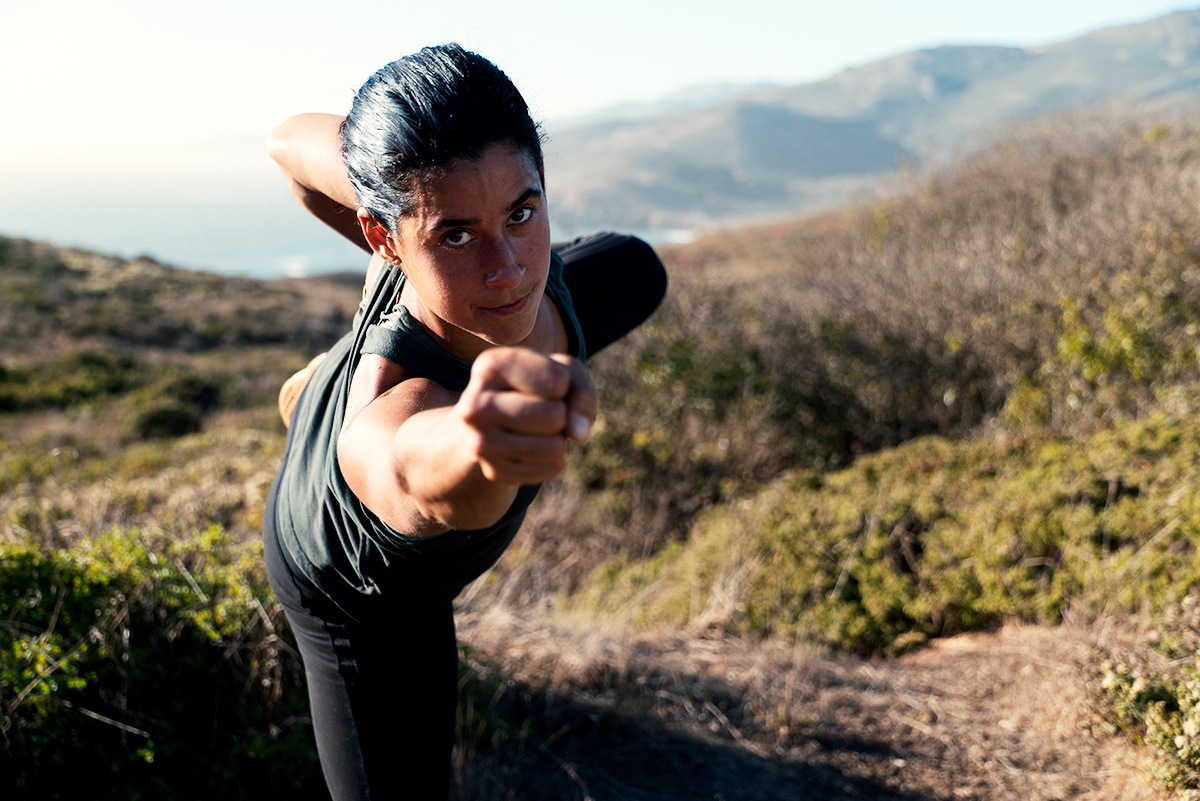Breathing Control in Classical Martial Arts
In Classical Martial Arts, learning breathing control is essential. Forms training builds your foundation physical skills and physique. Forms training in a classical style like Northern Shaolin, Xing Yi Quan, Lan Shou Quan, and to a lesser degree Tai Chi Chuan builds your endurance and stamina. Forms are often designed to be so long and athletic that they can only be completed if you are in great shape and able to control your breathing.
Learning to control your breathing allows you to control your mind and helps you to remain calm in real situations of stress. Learning to control your breathing helps you to avoid becoming winded. When one is completely winded it is impossible to even raise one’s arms to defend oneself while huffing and puffing for breath. Completely losing your breathing and becoming utterly blown puts you in a position of maximum vulnerability.
Thus, learning how to control your breathing and calm yourself using your breathing method is one of the real secrets of martial arts training. As the great football coach Vince Lombardi once said, “lack of conditioning makes cowards of us all”. However, I say that perhaps breath control is even more important, or at least as important as absolute conditioning. If you have good breath control you will be able to complete your form or a long sequence of forms without becoming too winded.
Learning Breathing Method
How is it possible to avoid becoming too winded given the extreme athleticism including leaping, flying kicks, ground rolling, constant deep stances and forceful movements contained in our forms?
The answer to developing good breathing method lies in combining these elements:
- proper timing of your breathing with your movements – to learn how to time your breath with your movements focus on exhaling. If you exhale you will inhale. This prevents you holding your breath, which leads to immediately becoming blown. Then learn to exhale as you exert force, tighten your torso, and during kicks.
- keeping your mind calm – If you mind is agitated or frightened you will not be able to focus on your breathing at all and your mental anxiety will cause you to become fatigued more quickly.
- keeping your limbs relaxed – the less tension you use in your limbs, the less energy you expend in each movement, and the less you will need to breathe. Real striking and throwing power has far more to do with mastering the proper method of structuring your body and sequencing its movement synergistically than conditioning and muscle strength. Increasing tension rarely adds power, increasing relaxation and awareness of technique often does.
- moving with great efficiency and precision – The more precisely you learn to move, the more efficient, powerful, and beautiful your movements will become. They will also require far less exertion on your part leading to you becoming fatigued far more slowly.
- keeping your diaphragm and abdominal muscles relaxed – The natural human response to fear and threatening situations is to immediately tense up and brace for impact. We also immediately become super mentally agitated. This tensing, bracing and agitation tense up our diaphragm muscle and shut down our ability to breathe deeply. Truly breathing deep into your belly simply is not possible if your mind is filled with fear and anxiety. Likewise, if you are truly breathing deep into your belly and relaxing your abdomen it is virtually impossible for you to be agitated, upset, or afraid.
Learning to mutually control our mind and our breathing is one of the most important life nourishing and life changing aspects of our classical combat oriented martial arts. It is also one of the secrets to our combat and performance skills.
Ending Forms with Breathing
One of the most important ways to improve your breathing method is when you end your forms. When you end your form stand there for a moment. Do not move. Simply stand there, and breathe deeply and calmly. Practice calming your breath and breathing deep into the center of your body. Learn to quickly and easily recenter yourself and compose your breathing to begin your next form. Avoid immediately walking away or starting a conversation. Plan to perform a number of forms say 3 or 5 in a row and then do not break your concentration until you have completed all of them. With strenuous forms you may need to breathe for a minute or two between repetitions. While you catch your breath, center yourself, center your mind. Calm yourself, let your blood and energy circulate, and allow your body a moment to absorb the effects of your practice. Then, when your breathing is steady and deep, and your mind is focused and ready, do your next repetition.
Mindfully and purposefully practicing your ability to recover your breathing quickly and simultaneously deepen your concentration will yield enormous gains during each of your future practice sessions!
Practicing your forms with breath control in this way will help you to stay centered, calm, and using your best body method to generate force when you are sparring!
10,000 Victories School
Learn more about Tai Chi at the 10,000 Victories webpage here!
Learn more about Xing Yi at the 10,000 Victories webpage here!
Learn more about Northern Shaolin at the 10,000 Victories webpage here!
Learn more about Qi Gong at the 10,000 Victories webpage here!
Listen to the Ancient Wisdom, Modern Health Podcast here!
Watch great videos at our Vimeo and Youtube pages!
Visit our Facebook page here!
Sign up for our weekly newsletter with more great articles, photos and videos here!
Come study with us in San Rafael, Marin County, CA. And join us in our upcoming online course offerings!

